Denise Walters, Gleaner Writer

Highgate Park or Sligoville Great House as it is today. - photos by Ian Allen/Staff Photographer
Imagine being alive in 1835 and being told that you are no longer a slave and on top of that, you are the recipient of a piece of land in what is the first free village in the British West Indies. Imagine the jubilation you would have felt after such an announcement. It therefore goes without saying that throughout the succeeding generations, this community should have been developed and its entire heritage preserved.
However, that is not the case with the community of Sligoville (about 10 miles north of Spanish Town) and its historic assets, one of which is the Highgate Park or Sligoville Great House. It is said that a country without a memory is a country of madmen. This saying holds some truth as as the Highgate Park or Sligoville Great House is a forgotten gem that is now in a state of disrepair.
Horrible historic period
Some may wonder what's the importance of having a great house in one's community when all it represents is a horrible period in Jamaica's history that is best forgotten. But, we should not forget. We should hold dear to us all the things that represent our ancestors' struggles in overcoming a past that has helped to shape the independent Jamaica we live in today.
Therefore, preserving and taking care of the Sligoville Great House should not be something that is put at the far recesses of the relevant authorities' minds as that property has some wonderful stories to tell. This includes a controversy surrounding whether historically Highgate House and Highgate Park Estate are one and the same place.
The official record of the National Heritage Trust is that the Estate house was built in 1777 and passed through a series of governors who used it as a summer residence. It was through the association of one of these governors, Howe Peter Browne (second Marquis of Sligo), that the community was later named.
However, according to documents procured by the great house's current caretaker Sylvester Ayre, Highgate Park House and Highgate Park Estate are two different properties that were built at different times for different purposes.
Government Mountain
The document states that in 1777, the House of Assembly of Jamaica had allotted funds to provide the Governors of Jamaica with a country estate and a summer residence. Highgate House was built the same year in the hills of Government Mountain. The house is, in fact, said to occupy the site of the 16th-century Summer Palace of the Spanish Governors of Jamaica and traces of the palace's foundation can still be found in the garden.
While in 1831, Provost Marshal General John Augustus O'Sullivan came to Jamaica to set up office and in 1840 he bought 145 acres of Highgate Estate and renamed it Highgate Park. The house was built in 1840 along with an Anglican church that still sits on the property and where his remains along with the remains of some of his family members can be found in church's cemetery.
More than 100 years old
The document is stating that the current structure that is derelict, is the house that was built by O'Sullivan and not the summer residence built in 1777 as stated by the Heritage Trust. This controversy does not take away from the building being a great house as it is more than 100 years old. What it means is that there could more history in Sligoville to explore and be shared with the wider Jamaica.
Along with the history around and along the grounds of the estate, there are several artefacts that can be found inside. One such piece is a copper that was used to manufacture sugar or wet sugar, as it was known. Also, there is a picture of Howe Peter Browne and John O'Sullivan along with one of his wives. The great house is currently closed and needs to be repaired. According to Ayre, the Chinese government has pledged to do the necessary repair soon.
lifestyle@gleanerjm.com
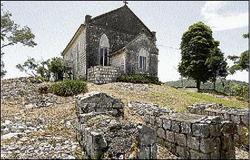
Some of the older graves still visible at St. John's Anglican Church, located on the property of Highgate Park built in 1840.
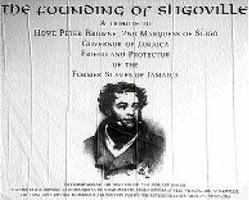
Howe Peter Browne, second Marquis of Sligo, former Governor of Jamaica and the person for whom Sligoville was named.
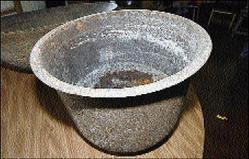
Copper container used in the production of wet sugar as it was called.
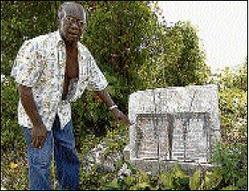
Caretaker Sylvester Ayre pointing to the tomb of John O'Sullivan's daughter Eliza.
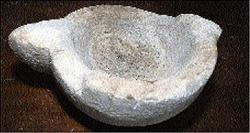
Fufu mortar (from West Africa) was used to pound hard food such as coco for persons who had fallen ill and could not chew them.

